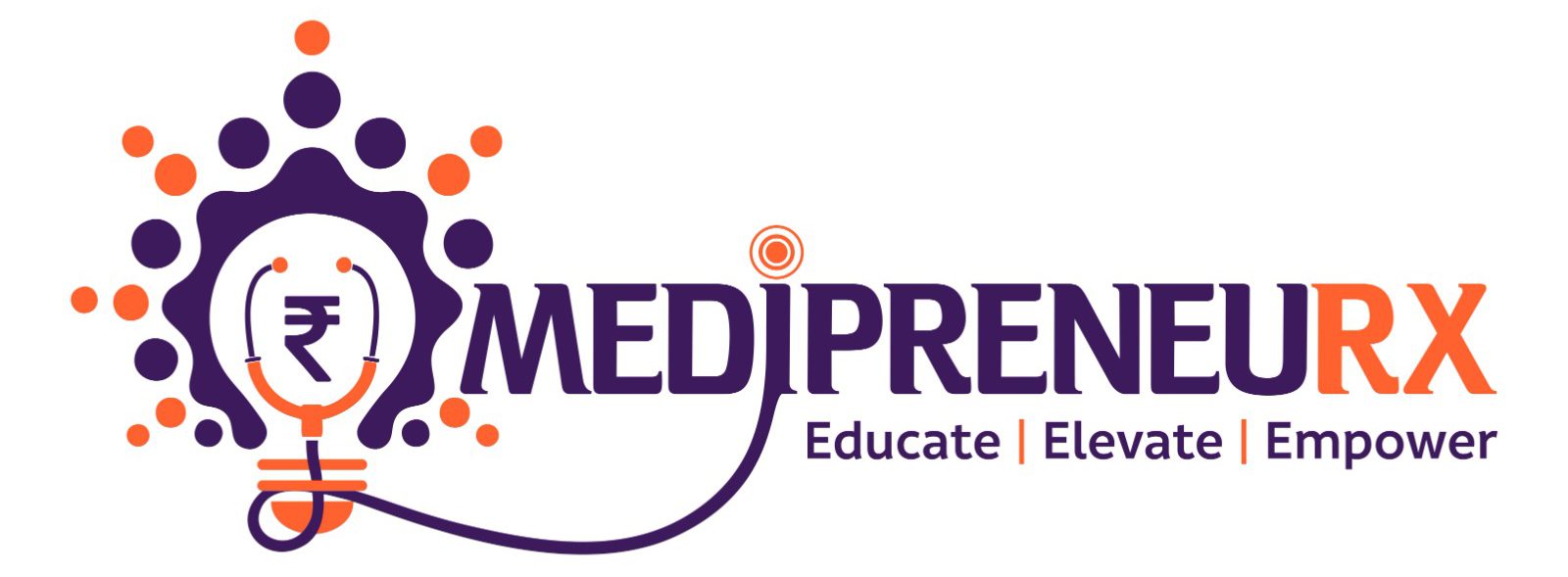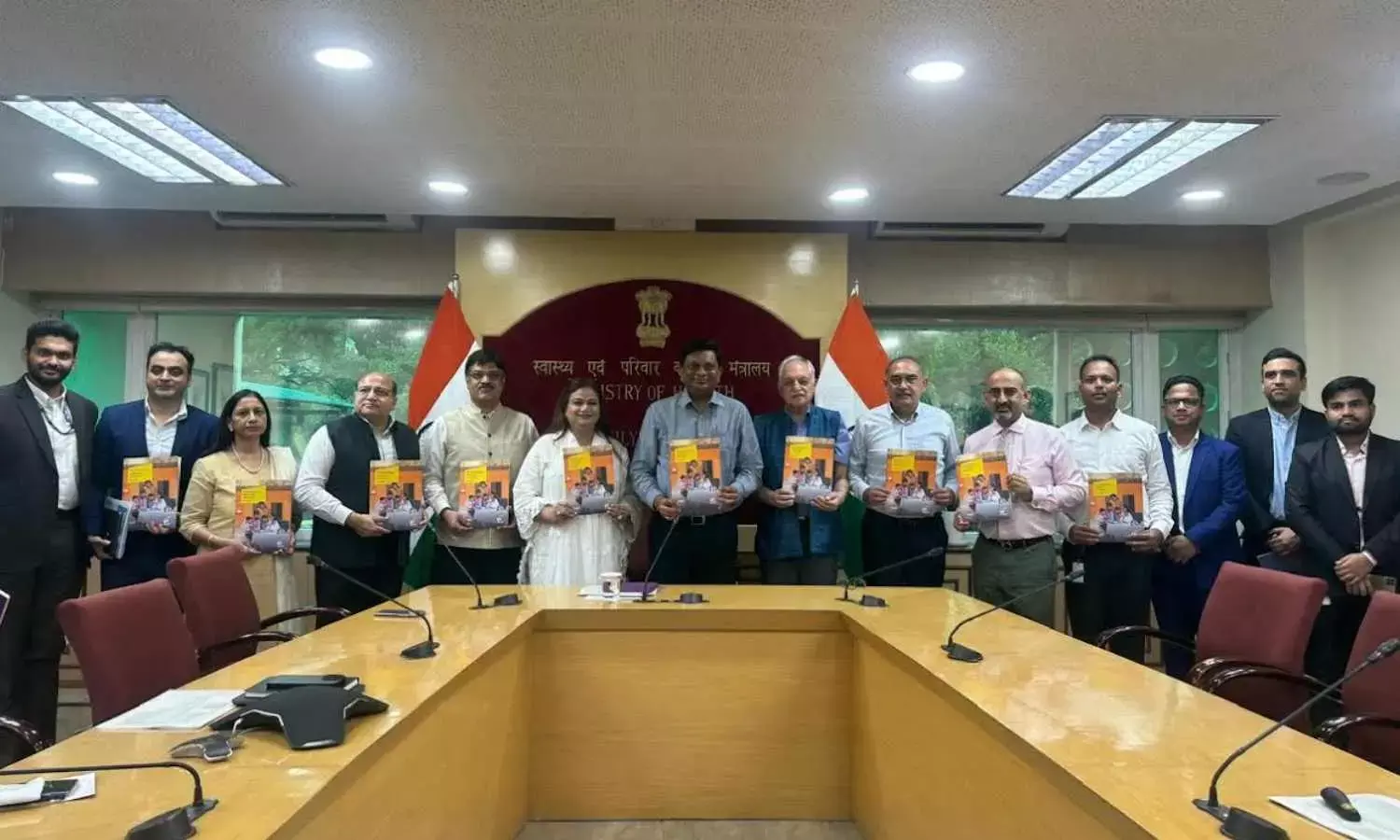According to a recent assessment, there is an urgent need to considerably expand the number of certified doctors to over 50 lakh and build 30 lakh additional hospital beds in order to realize India’s healthcare goal for 2047. India needs to expand in order to bring its healthcare system up to the level of developed nations. The paper titled ‘Decoding India’s Healthcare Landscape,’ released by Ernst & Young (EY) and the Federation of Indian Chambers of Commerce & Industry (FICCI), highlights these crucial objectives.
India has seen a notable increase in the number of medical colleges and MBBS seats over the past decades, addressing the growing demand for healthcare professionals. This expansion is a pivotal step towards meeting the healthcare needs of a rapidly growing population. The number of registered allopathic doctors has grown significantly from 660,801 in 2005 to 1,308,009 in 2022. This growth reflects the country’s efforts to enhance its healthcare workforce to provide better medical services.
Similarly, the bed capacity in government hospitals has shown a consistent increase. From 470,000 beds in 2005, the number rose to 850,000 beds in 2021. This increase is crucial for accommodating the rising number of patients and providing adequate healthcare services. However, despite this growth, the current infrastructure is still insufficient to meet the demands of the population, necessitating further expansion.
It is crucial to make sure that the healthcare system is both economical and accessible to everyone in order to fulfill India’s healthcare goal for 2047, in addition to increasing the number of hospital beds and doctors. The creation of one medical college in each district is one of the FICCI-EY report’s main recommendations. By decentralizing medical education and improving its accessibility for prospective medical students nationwide, this effort would increase the number of skilled healthcare workers.
Achieving universal health care coverage for the populace is also emphasized as a crucial objective. Ensuring that all citizens have access to essential medical treatments without having to worry about paying for them out of pocket is possible with comprehensive health insurance. The population’s general health and well-being would be greatly enhanced by this action, particularly in rural and disadvantaged areas.
The expansion and possibilities of the Indian pharmaceutical sector are also discussed in the paper. India is currently the third-largest pharmaceutical producer in the world. Recognized for producing affordable vaccinations and generic medications, the nation is a major force in the worldwide pharmaceutical industry. By 2030, it is anticipated that the pharmaceutical industry in India would have a total market size of USD 130 billion.
Of special relevance is India’s position as a major source of necessary vaccinations. The nation contributes to the security of global health by meeting a sizeable percentage of the demand for vaccines worldwide. This capability demonstrates both India’s ability to produce pharmaceuticals and its potential to improve its healthcare system even more.
Even while the study provides a clear vision and the essential actions to improve India’s healthcare system, there are still a number of obstacles to overcome. The unequal allocation of healthcare resources is one of the main obstacles. Compared to rural areas, urban areas frequently have better access to healthcare specialists and facilities. Investments in rural healthcare infrastructure and tailored policy are required to alleviate this discrepancy.
To guarantee that newly graduated physicians are equipped to address the public’s healthcare demands, all medical institutions must provide a uniform standard of medical education and training. Healthcare workers must participate in ongoing training programs and professional development to stay current on the newest procedures and innovations in medicine.
It is imperative to invest in the infrastructure of healthcare, including the building of new hospitals and the renovation of existing ones. In this sense, public-private partnerships can be very helpful, utilizing the innovations and efficiencies of the private sector to support the work of the public sector.
Adopting digital health technologies can also transform Indian healthcare delivery. Particularly in isolated and underprivileged areas, telemedicine, electronic health records, and health information systems can improve the effectiveness and accessibility of healthcare services. Better data management and health monitoring can result from the integration of these technologies into the healthcare system, which will enhance patient outcomes.
India has set high goals for its healthcare system by 2047, but they are attainable with the correct planning and funding. Raising the quantity of medical professionals and hospital beds is essential to bringing India’s healthcare system up to par with other nations. Important measures toward realizing this goal include addressing healthcare access inequities, guaranteeing universal health coverage, and utilizing digital health technologies. The expansion of the pharmaceutical sector highlights India’s ability to make a substantial contribution to world health. Together, the public, private, and healthcare sectors can create a strong, just healthcare system in India that can serve the country’s diverse population’s demands.
SOURCE:
MEDICAL DIALOGUES








